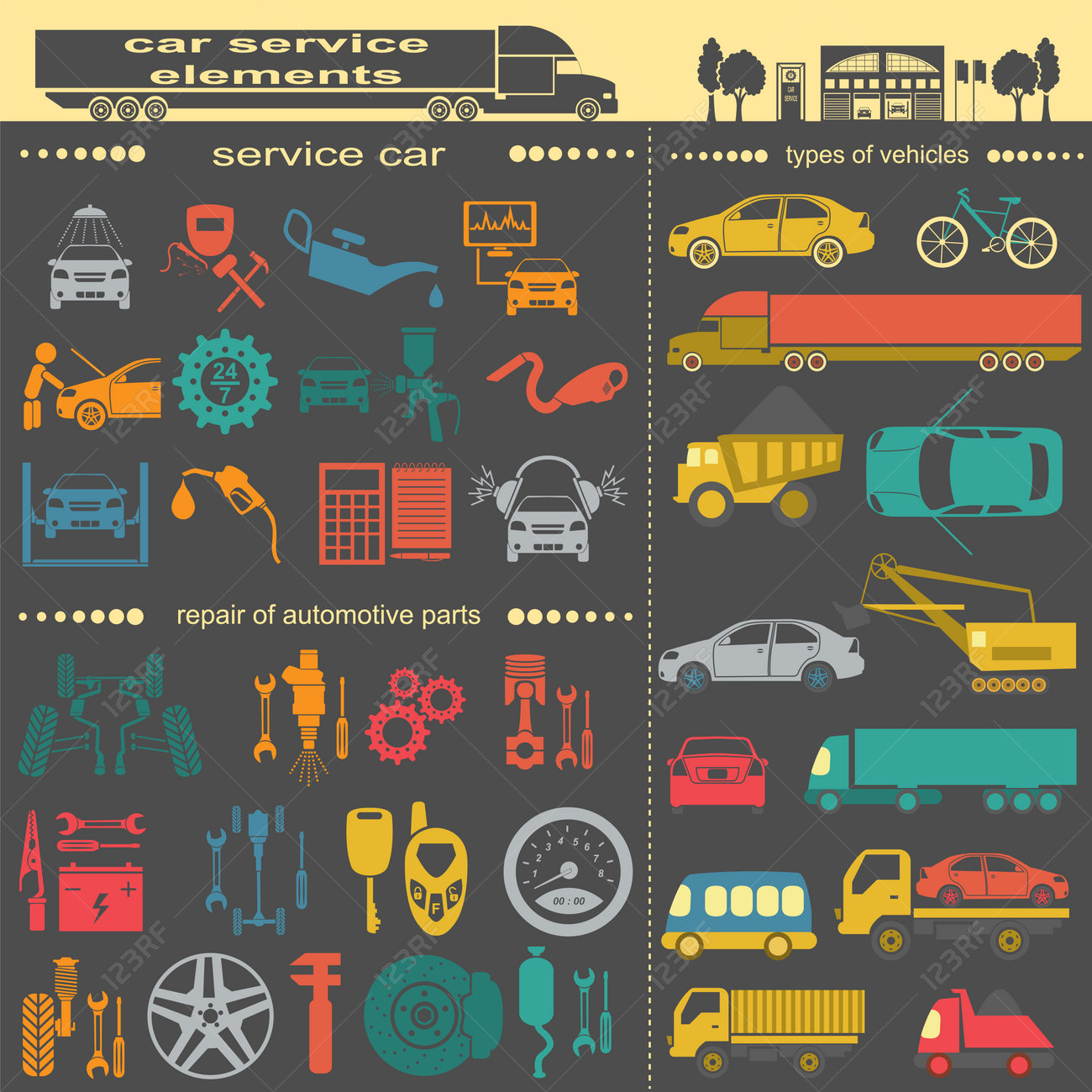Comprehending Your Auto'S Warning Lights: What Do They Really Mean?
Comprehending Your Auto'S Warning Lights: What Do They Really Mean?
Blog Article
Personnel Writer-Faulkner Forbes
When you're behind the wheel, those beautiful warning lights on your dashboard can be a bit complicated. Do you recognize what they're trying to tell you about your automobile's health and wellness? Understanding Recommended Web page of these lights is essential for your safety and the long life of your vehicle. So, the following time among those lights appears, would not you want to understand its message precisely and take the necessary steps to address it?
Common Caution Lighting and Interpretations
Determine common caution lights in your auto and comprehend their definitions to make certain safe driving.
One of the most typical warning lights consist of the check engine light, which signals concerns with the engine or exhausts system. If this light begins, it's critical to have your automobile examined immediately.
The oil stress alerting light suggests low oil stress, calling for instant focus to prevent engine damage.
A flashing battery light could recommend a defective charging system, potentially leaving you stranded otherwise attended to.
The tire pressure tracking system (TPMS) light informs you to reduced tire pressure, affecting automobile security and fuel efficiency. Disregarding detailing automobiles can result in hazardous driving problems.
The abdominal light suggests a trouble with the anti-lock stopping system, compromising your ability to stop swiftly in emergency situations.
Last but not least, the coolant temperature level warning light warns of engine getting too hot, which can lead to extreme damage otherwise solved swiftly.
Understanding these typical caution lights will certainly help you resolve problems immediately and keep risk-free driving conditions.
Relevance of Prompt Focus
Understanding the usual caution lights in your car is just the initial step; the relevance of promptly attending to these warnings can not be highlighted enough to guarantee your safety on the road.
When a warning light illuminates on your control panel, it's your auto's way of communicating a prospective issue that needs attention. Overlooking these warnings can bring about much more extreme issues down the road, compromising your security and potentially costing you much more out of commission.
Motivate focus to alerting lights can stop breakdowns and mishaps. For instance, a blinking check engine light can indicate a misfire that, if left neglected, might trigger damage to the catalytic converter. Resolving this immediately can save you from an expensive repair service.
Likewise, a brake system alerting light may signal reduced brake fluid or worn brake pads, important elements for your safety and security when driving.
Do It Yourself Troubleshooting Tips
If you notice a caution light on your control panel, there are a few DIY fixing suggestions you can try prior to seeking expert aid.
The initial step is to consult your car's handbook to understand what the certain warning light shows. Occasionally the concern can be as simple as a loosened gas cap setting off the check engine light. Tightening up the gas cap may deal with the trouble.
Another common problem is a reduced battery, which can cause numerous advising lights. Checking the battery connections for deterioration and guaranteeing they're safe may fix the issue.
If a caution light persists, you can attempt resetting it by detaching the vehicle's battery for a few minutes and after that reconnecting it. Furthermore, checking engine bay wash near me , such as oil, coolant, and brake fluid, can help fix warning lights connected to these systems.
Conclusion
To conclude, understanding your automobile's warning lights is vital for maintaining your automobile running smoothly and securely. By without delay attending to these informs and understanding what they indicate, you can stay clear of pricey repair services and potential breakdowns.
Remember to consult your vehicle's manual for specific details on each warning light and do something about it as necessary to make certain a trouble-free driving experience.
Keep informed, stay safe on the road!
